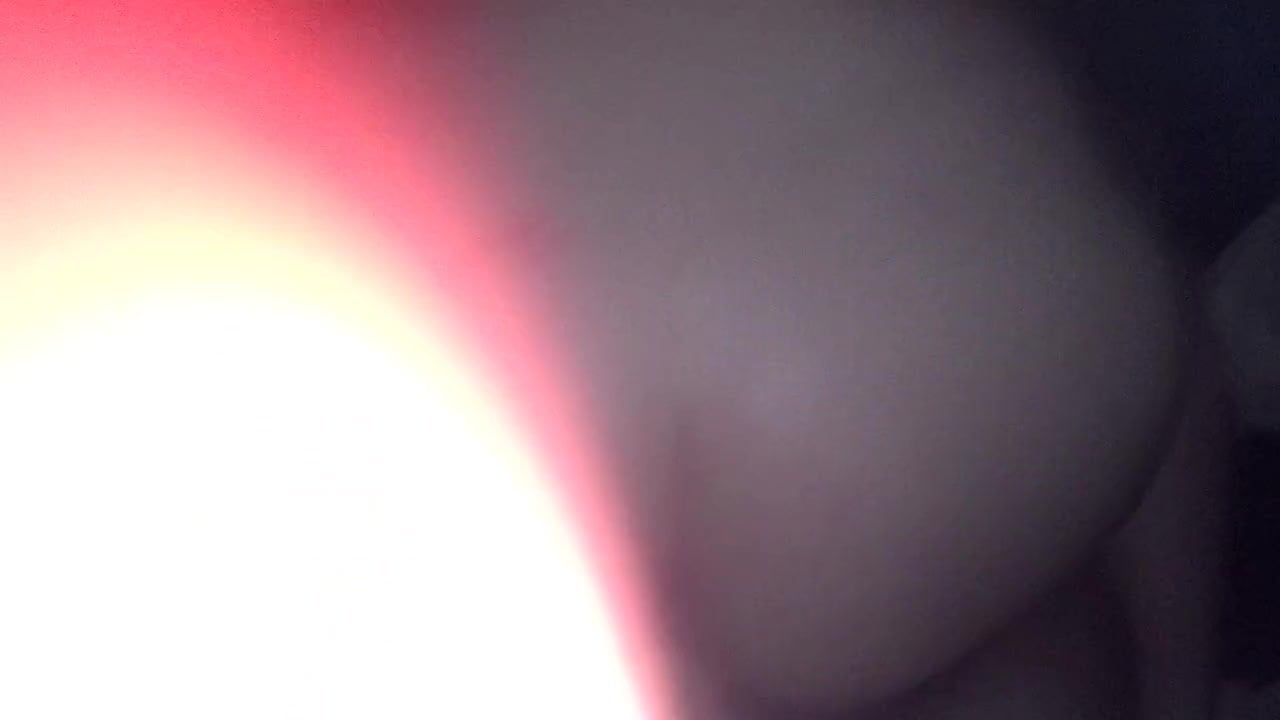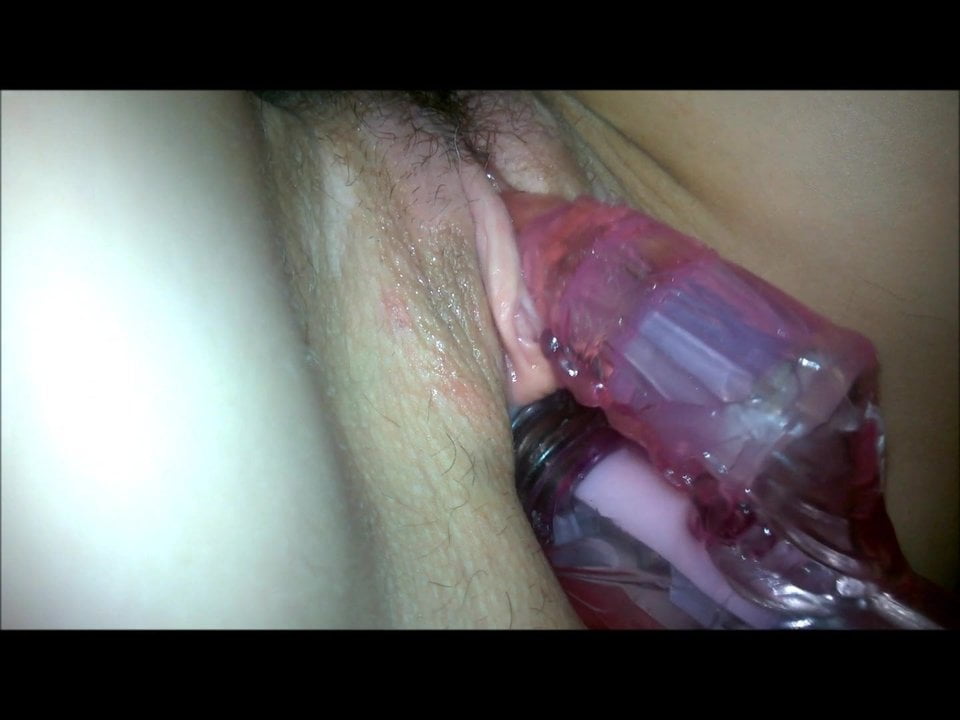Language: English
Location: undefined
Select country to see content preferences for this location
- Nothing found
Appearance: Use device theme
Video titles translation
Save watch history
Stupid bitch
5,821 92%
My friend being a dumb whore like always
3 years ago
Video Transcription
Shove it down, shove it down your throat.
What's the spill here?
Down deep, go deep bitch.
Go on the floor, go deep.
Deep, I said. There you go, shook yourself.









